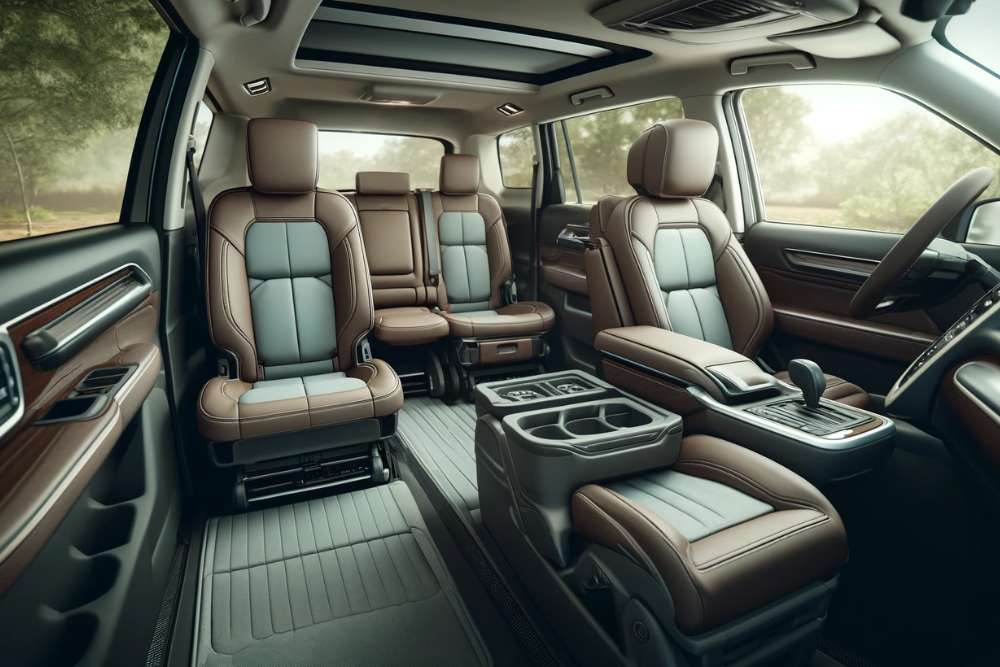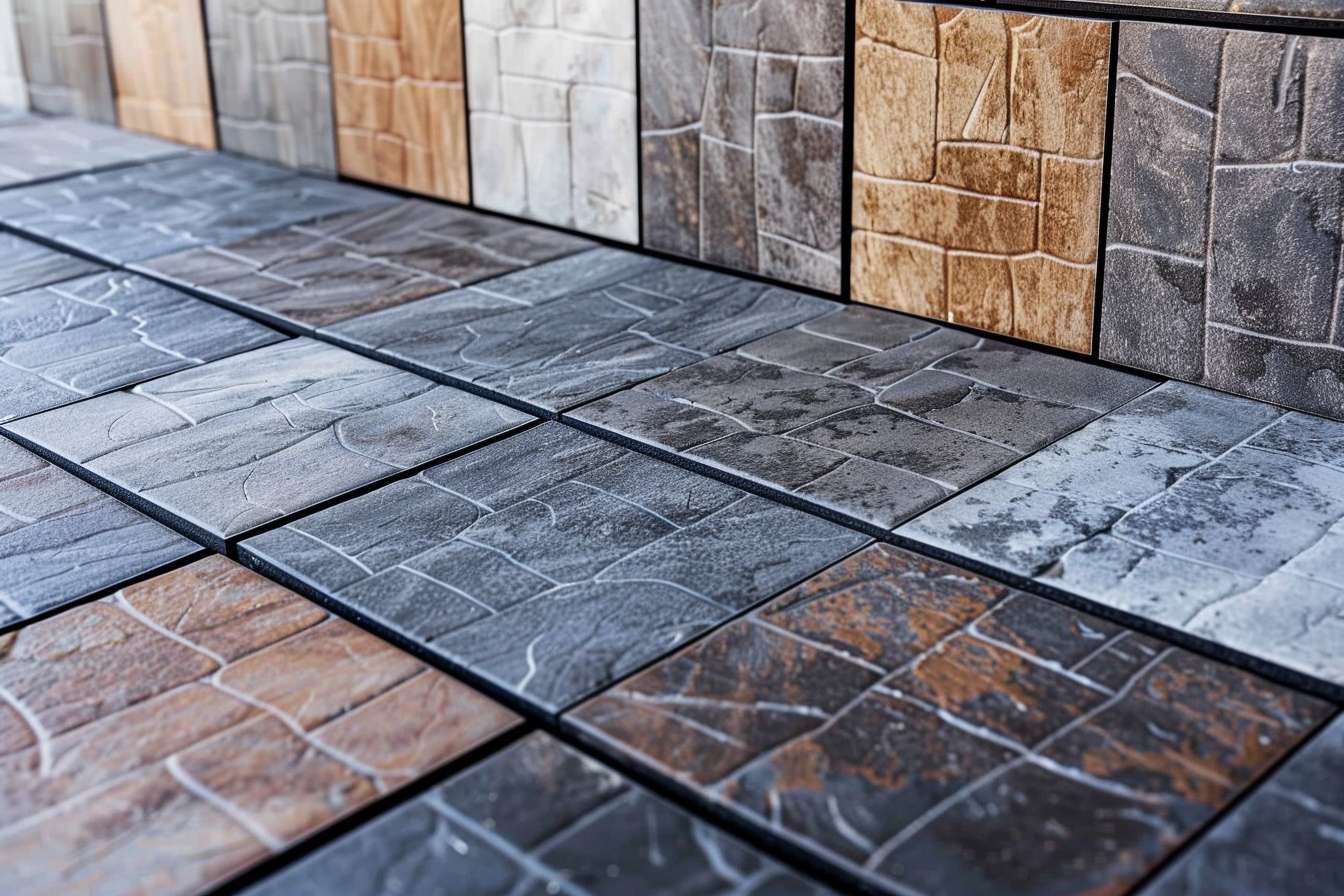Windows: A Portal to Creativity and Comfort
Windows are more than mere functional elements of a building; they serve as the intersection between our indoor sanctuary and the outside world. A well-designed window not only allows natural light to flood interior spaces but also contributes significantly to a property's energy efficiency, security, and aesthetic appeal. Whether you're building a new home, renovating an existing property, or simply interested in upgrading your current fixtures, understanding the different types of windows available and their respective benefits can help you make informed decisions that enhance both the form and function of your living or working space.

The Advantages of Double Glazed Windows
Double glazed windows have revolutionized how we think about home insulation and energy efficiency. Unlike traditional single-pane windows, double glazing incorporates two glass panes with a sealed gap between them, typically filled with inert gas such as argon. This construction creates an insulating barrier that significantly reduces heat transfer between indoor and outdoor environments.
The primary benefit of double glazed windows is their superior thermal insulation properties. During winter months, they prevent valuable heat from escaping your home, while in summer, they help keep hot air outside. This translates to more consistent indoor temperatures and reduced reliance on heating and cooling systems, potentially saving homeowners significant amounts on energy bills.
Beyond energy efficiency, double glazed windows offer enhanced soundproofing capabilities. The additional glass layer and insulating gap substantially reduce noise pollution from outside, creating a quieter, more peaceful indoor environment—particularly beneficial for properties located in busy urban areas or near main roads.
Timeless Elegance: The Appeal of Sash Windows
Sash windows represent one of the most enduring window designs in architectural history, characterized by their vertical sliding panels or “sashes.” Dating back to the late 17th century, these windows have adorned countless period properties, from Georgian townhouses to Victorian terraces, becoming an integral part of British architectural heritage.
The classic sash window consists of two vertically stacked panes that slide up and down within channels in the window frame. Traditional designs feature a counterweight system with pulleys and weights concealed within the frame to facilitate smooth operation. Modern versions often incorporate spring balances instead, maintaining the traditional aesthetic while offering improved functionality.
What makes sash windows particularly appealing is their timeless elegance and versatility. They allow for excellent ventilation control—opening both top and bottom sashes creates air circulation as warm air escapes through the top while cooler air enters from below. While traditionally crafted from timber, contemporary sash windows are available in various materials, including uPVC, combining period charm with modern performance benefits.
Understanding PVC Windows and Their Benefits
PVC (Polyvinyl Chloride) windows have gained tremendous popularity in the residential and commercial construction sectors due to their excellent combination of performance, durability, and value. These windows feature frames manufactured from rigid, unplasticized PVC material that offers exceptional resistance to weathering, chemical erosion, and salt air degradation.
The appeal of PVC windows lies primarily in their low-maintenance requirements. Unlike wooden frames that need regular painting and treatment, PVC windows require minimal upkeep—typically just occasional cleaning with soapy water to maintain their appearance. They won’t rot, warp, or fade over time, ensuring decades of reliable service with little intervention required.
Energy efficiency represents another significant advantage of PVC windows. The material itself has natural insulating properties, and modern manufacturing techniques allow for multiple internal chambers within the frame profiles, enhancing thermal performance. When combined with double or triple glazing, PVC windows deliver impressive energy conservation results, helping to reduce heating costs and environmental impact.
The Rise of UPVC Windows in Modern Architecture
UPVC (Unplasticized Polyvinyl Chloride) windows have become the go-to choice for many homeowners and builders seeking a balance between aesthetics, performance, and cost-effectiveness. Essentially the same material as PVC windows, the term “uPVC” is commonly used in the UK and parts of Europe to specifically denote the rigid, non-flexible form of PVC used in window manufacturing.
One of the most compelling aspects of uPVC windows is their versatility in design. Available in a wide range of styles, colors, and finishes—including wood-grain effects that convincingly mimic traditional timber—these windows can complement virtually any architectural style. This adaptability has made uPVC windows particularly popular for both new constructions and renovation projects where maintaining or enhancing the property’s character is important.
Security is another area where uPVC windows excel. Modern uPVC frames are engineered to accommodate sophisticated multi-point locking systems that significantly enhance home security. The inherent strength of the material also makes these windows highly resistant to forced entry attempts, providing homeowners with peace of mind alongside practical benefits.
Window Styles: Finding the Perfect Match for Your Home
Selecting the right window style goes beyond aesthetics; it impacts how you interact with your living space, how much natural light enters your home, and how effectively your windows perform their various functions. Beyond the materials discussed previously, the operational style of windows plays a crucial role in determining their suitability for different spaces and requirements.
Casement windows, which open outward like a door, offer excellent ventilation and unobstructed views. Bay and bow windows create architectural interest by projecting beyond the exterior wall, adding space and allowing light to enter from multiple angles. Awning and hopper windows are hinged at the top and bottom respectively, making them ideal for areas requiring ventilation even during light rain.
For contemporary homes, large fixed picture windows combined with smaller operable sections create a dramatic architectural statement while maximizing natural light. In contrast, traditional cottages and period properties often benefit from diamond-pattern leaded windows or Georgian-style multi-paned designs that reflect their historical context.
Window Installation and Maintenance Considerations
Professional installation is paramount to ensuring windows perform as intended. Even the highest quality windows can underperform if improperly installed, leading to air leaks, water infiltration, and reduced insulation effectiveness. Working with qualified installers who understand building regulations and manufacturer specifications helps avoid these issues.
Maintenance requirements vary significantly between window types. While uPVC and aluminum windows require minimal upkeep, timber windows need regular inspection and treatment to protect against moisture and decay. Double glazed units, regardless of frame material, should be checked periodically for failed seals, indicated by condensation or fogging between panes.
Most modern windows are designed to last 20-30 years, though this can vary based on materials, quality, exposure to elements, and maintenance practices. Understanding the life expectancy of different window types helps homeowners make informed decisions based on long-term value rather than just initial cost.
Conclusion
Windows truly serve as portals that connect our indoor environments with the world beyond, influencing everything from energy consumption to aesthetic appeal. Whether you prefer the traditional elegance of timber sash windows, the low-maintenance practicality of uPVC, or the thermal efficiency of modern double glazing, today’s market offers solutions to meet virtually any requirement or preference. By understanding the different options available and considering factors such as installation quality and ongoing maintenance, homeowners can make choices that enhance both the comfort and character of their living spaces for years to come.




